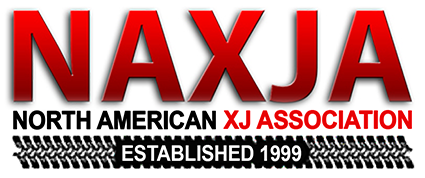Here's the crux of it:
He testified that based upon Chrysler documents he reviewed regarding the engineering history of the 4.0L engines: (1) the idle knock/diesel noise started with the 1991 high output engine, (2) the noise was caused by unusually strong piston slap at about 45 before the top dead center, and (3) the source of the unusual piston slap was excessive bore distortion caused by an insufficiently rigid block.
The investigation determined that there were three issues concerning the production of the 4.0L engines: (1) mismatched pistons, (2) flaking molykote coating on the pistons and (3) an increased torque of the cylinder head bolt. In late 1993, Chrysler realized that one of the electronic gauges that measures cylinder bore diameters at the Kenosha plant malfunctioned and did not work properly for 7 to 10 days. As a result, some of the pistons were mismatched to their bores even though the pistons were still within specification. After the electronic gauge was repaired, the malfunction was corrected.
Also, in the spring and summer of 1994, a subcontractor misapplied molykote(2) coating to the head of the pistons. Apparently, he failed to clean the piston heads properly before applying the molykote coating. Therefore, the coating flaked off more readily. This batch of pistons was identified and returned to the subcontractor, who subsequently removed the molykote and improved his washing process. Chrysler issued a technical service bulletin (TSB) concerning these issues in April 1994.
During 1993 and 1994, Chrysler created an "Idle Knock Task Force" and a "Diesel Noise Task Force" to address customer complaints about the engine noises. Chrysler also had an ongoing task force known as the "noise, vibration, and harshness task force" (NVH) that studied and recommended improvements for overall engine sound quality. NVH recommended that, in order to reduce sound radiation in the 4.0L engine, a main bearing brace could be added to the bottom of the engine block. NVH indicated that by tying the main bearing caps together, bearing movement is kept at a minimum and sound is reduced. This change was incorporated in the 1996 models.
